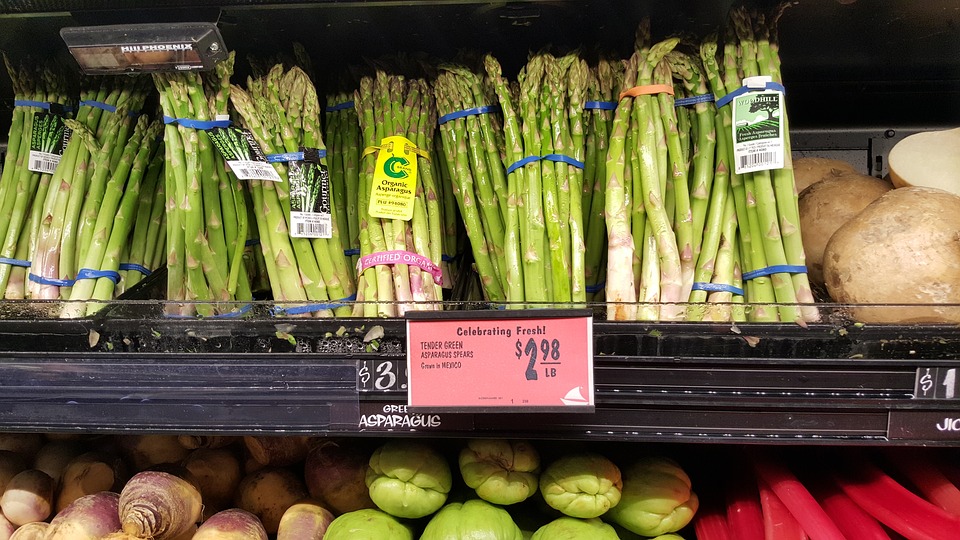Grocery Shop the Smart and Healthy Way

Good nutrition starts with smart choices in the grocery store. If you don't have the proper healthy ingredients in your home, preparing healthy meals can be difficult and challenging. Here are some useful tips to make sure you shop the smart and healthy way.
- Plan your meals for the week. Make a list of all the ingredients you will need for a few healthy meals. Organize it by the different food groups or parts of the store. It saves you time (and money so you aren't buying duplicates) in the long run.
- Read the food labels. Reading labels can take a lot of time, you may even need a magnifying glass to read all the ingredients. This can take time while you are in the store. Typically, the longer you stay in the store, the more money you spend. To avoid this, research items you may buy before shopping, then compare labels to make the healthier choice. When comparing labels, choose items lower in salt, saturated fat, trans fat and added sugars.
- Never shop on an empty stomach. Shopping while hungry can lead to impulse buying causing you to buy unhealthy items and spend more money. Also, check your watch or phone for the time. Give yourself a time limit and try to finish your list by that time. Did you ever notice that there are no clocks or the clocks are not in an obvious location when you shop?
- Shop the perimeter of the store. Generally, the perimeter of the store is where you can find healthier items, such as fresh fruits and vegetables, lean meats and proteins, eggs and dairy. While shopping, think of MyPlate to fill your cart with a variety of these items. Many items in the aisles can be high in sodium, fat and sugar.
- Fill your cart with many colors. Try new foods such as different colored fruits or vegetables. Choose a rainbow of colors when selecting your fruits and vegetables to optimize the phytonutrient (natural chemicals that help protect plants from germs, fungi, bugs, etc.), vitamin and mineral content of your produce.
- Focus on lean protein sources. Lean proteins such as lean meat cuts (e.g., round, sirloin, tenderloin) as well as skinless, boneless poultry are essential to a healthy diet. Also, try to consume at least two servings of fish per week. Consider tuna packed in water. Limit red meat consumption to two servings per week as well. For meatless protein options, consider unsalted nuts and seeds, dried beans, low sodium beans, tofu and other soy products.
- Choose low-fat and non-fat dairy products. Aim for three servings per day to meet your calcium and vitamin D needs.
- Shop based on the season. For the off-season, consider canned or frozen fruits and vegetables to fill in the produce gaps. Choose frozen fruits and vegetables without added sauce or cheese. Add low sodium canned and dried vegetables to soups, salads and casserole dishes.
- Don't buy more than you need. Keep in mind that advertisements are geared to getting you to buy and eat more food, not less. This may not be healthy or wallet friendly. For example, unhealthy kids' cereal is positioned at kids' eye levels in the aisles, while healthier cereals are either on the top or the bottom shelf, where your eyes aren't always directed to.
Other related articles by:
grocery list | healthy eating | healthy shopping | nutrition | school age | Teen | toddlerNote: The content of this blog is for informational purposes only. It is not intended for use as diagnosis or treatment of a health problem or as a substitute for the professional consultation of a physician or qualified health care provider. If you have specific questions or concerns regarding a health or medical condition, contact your physician or a licensed health care professional.

